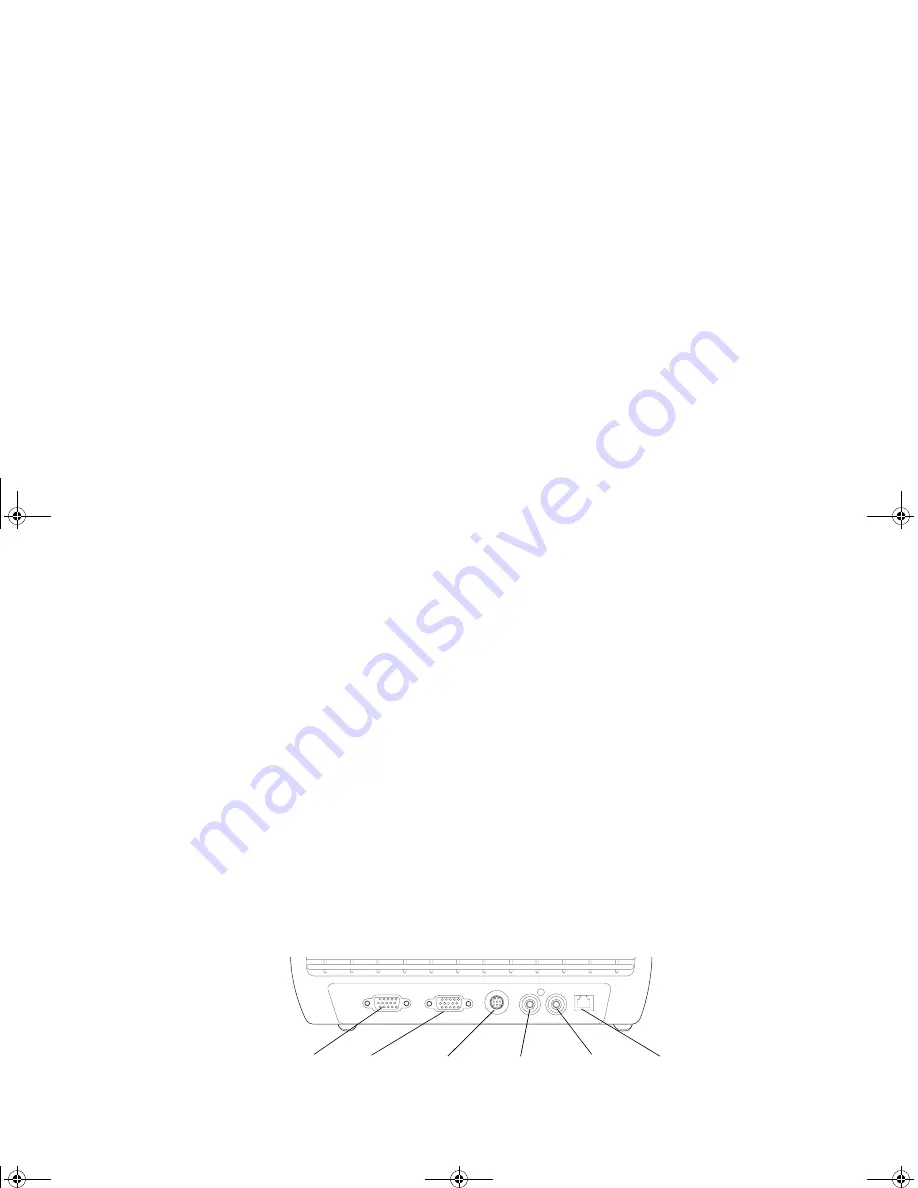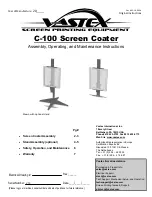
12
Projector and Device Connector Guide
The following should help you find the connectors that you want to use to obtain the best resolution possible from your input devices, such as computers,
standard VCRs, DVD players (progressive and interlaced), HDTV sources (1080i, 1035i, and 720P HDTV formats), TV and satellite tuners, camcorders, video
games (progressive and interlaced), and laser disc players.
Computer connections
Computer connections involve attaching the computer cable included with the projector from a computer to the Computer In input. Optional connections
include attaching the AV cable from computer to projector, connecting the computer monitor to the projector, and connecting a USB cable (not-included)
from the computer to the projector to control the mouse through the remote. See page 6 for computer/projector setup information.
Video connections
The first step for connecting video is deciding what type of output connector you want to connect to the projector. If there is more than one output, select the
one with the highest quality. The best quality ranking, with
1
being the highest and
3
being the lowest, is:
1
Component video
2
S-video
3
Composite video
If you are connecting the projector to HDTV sources, the projector’s computer (VGA) connector, labeled
Video In
, should be used. Keep in mind that HDTV
and progressive sources should only be handled through the projector’s VGA connector. The S-video port does not function with progressive sources, even
with the Component to S-video adapter. With progressive sources, the Component to VESA adapter must be used.
computer in
monitor
s-video
audio in
video in
USB
projector input connectors
(out)
(HDTV and
progressive
sources)
(component
sources)
sp4800_ug_en.fm Page 12 Monday, September 29, 2003 2:08 PM














































